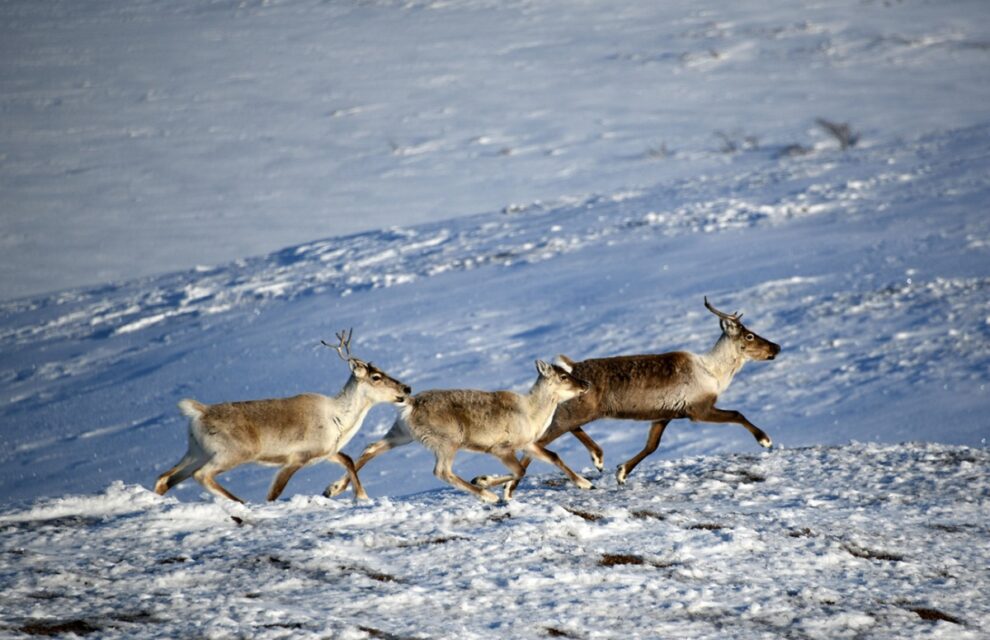As a follow-up to my previous blog, I am still wondering about how and whether one person can truly understand another person’s experience. I can think of quite a few situations where it is more or less possible, through one-on-one empathy or a process of analogy.
But I can also think of quite a few situations where it is impossible or difficult to grasp that other person’s experience. Or at least two people side-by-side don’t necessarily have a similar or comparable perception or experience of the same events in the same setting. And this goes to the core of the idea of intersubjectivity.
An example that comes to mind is when I headed several years ago for the tundra of the Ungava Peninsula in Nunavik, northern Quebec. It was early May, and I waited for snow conditions to be right for an outing to watch the migration of the George River caribou herd, since I was reporting on the state of the herd for many media in Canada, the United States and the United Kingdom.
Finally, a resident of Kujjuaq and I left town by snowmobile, and I remember zooming along the frozen surface of Stewart’s Lake, at around 58° 10′ North and 68° 26′ West. The sky was filled with low charcoal clouds, the landscape was all white, visibility was quite good. We passed low-lying bushes and occasionally spat out showers of sparks as we drove over bare rock outcrops.
After a lot of banging back and forth (I have never felt comfortable sitting in a komatik or sled drawn at high speed by a snowmobile), my companion slowed the vehicle down, drove in a wide semi-circle, then stopped behind some rocks.
“We have to wait here,” he said. “They will come. Do you want some hot tea?”
The temperature must have been 5°C. There was a hint of mist rising from the soft snow. I looked to the horizon, and couldn’t discern what was near or far, up or down. Everything was uniformly white, featureless. I felt disoriented. I wasn’t even sure I could walk in a straight line, because I might trip on something unseen, or tumble down a hidden ravine.
“Here they come, he said, pointing ahead of us. “Caribou.”
I stared hard in the direction where he was pointing. I couldn’t tell whether I was looking at a teardrop rolling over my eyeball, or at something farther away.
“Don’t you see them?”
It took me a minute, but I finally recognized a small herd way ahead of us, maybe 150 animals in all, inching along in single file, like a string of life unwinding over the tundra from west to east. Evidently, they were headed for the summer calving grounds in the Barrens of Labrador.
Inuit are keen observers; they have well-trained eyes; they know all snow conditions, they can distinguish between countless shades of pale; they have an intimate understanding of the migration habits of many species of wildlife; they are patient. And this is expertise I lack.
So here we were, two people in the same setting: one able to see a remote string of moving animals, and the other searching vainly for points of reference. We don’t all see the same thing, even when it’s right there in front of us.
The George River caribou herd crashed, because of the unsustainable size of the herd, going from a peak of around 750,000 animals in the 1990s down to some 8000 animals today, and the consequent degradation of migration routes. But the herd may now eventually find its way back to health, thanks to conservation measures.
NB: The photograph at the top of this blog was taken by Emily Mesner, and is used care of the National Parks Service in the United States.

